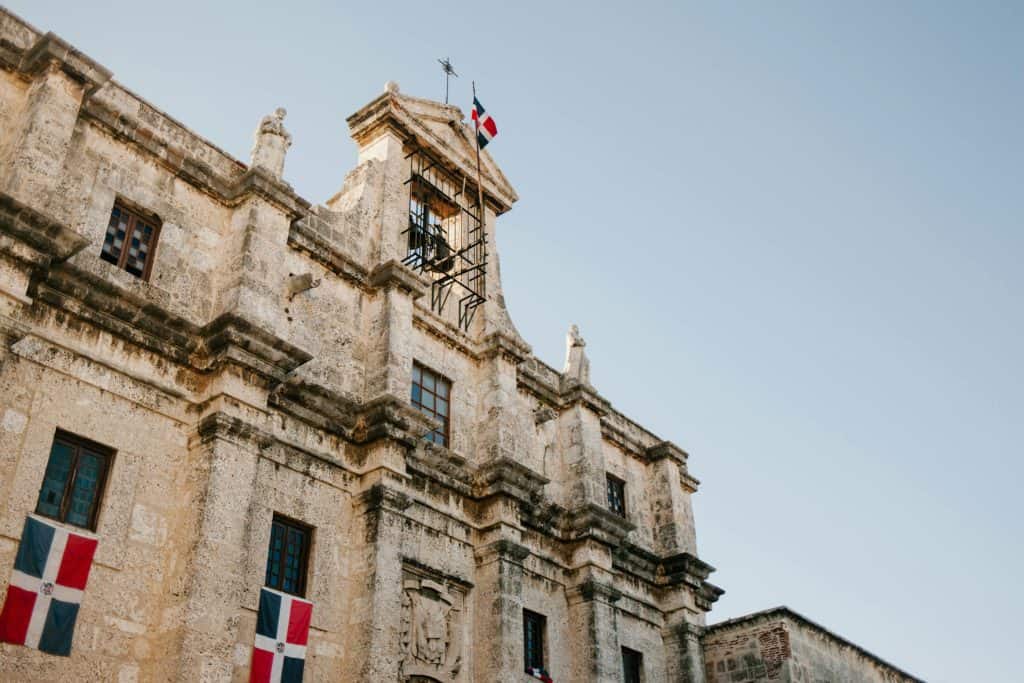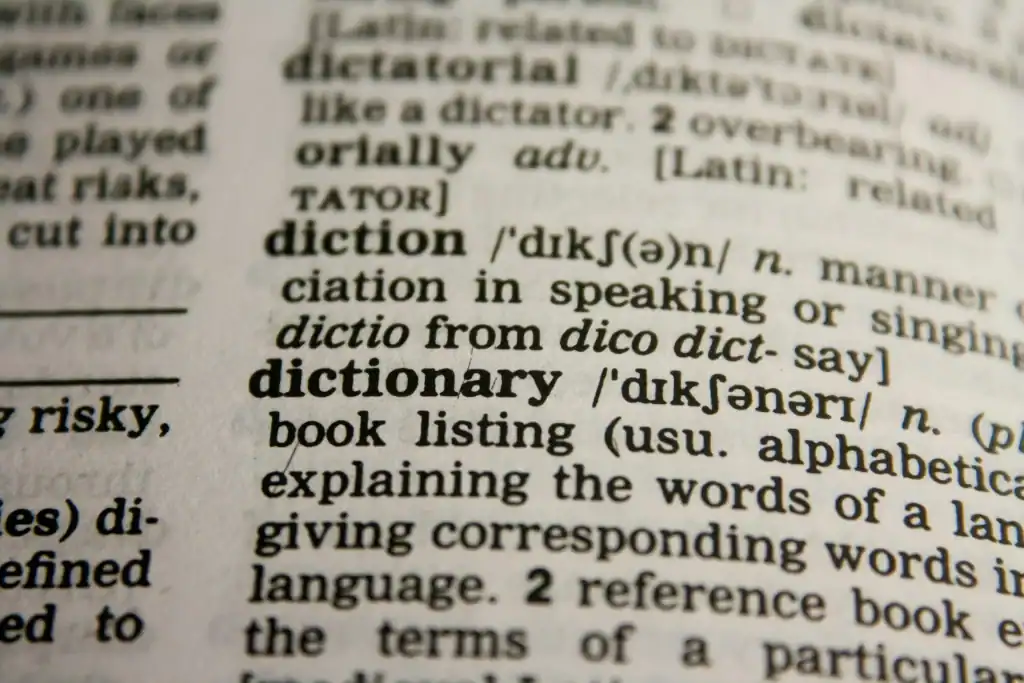The Day My Vintage Guayabera Became an International Incident
The saga began on a humid Tuesday in Medellín, the kind of afternoon when the mountains hide behind a curtain of low clouds and the wi-fi decides to imitate molasses. I had just splurged on a vintage guayabera through a Colombian classifieds app that resembles Craigslist, Mercado Libre, and a corner colmado all blended into one. The photos promised linen perfection; the reality, delivered two weeks later to my Dominican mailbox, resembled a crumpled napkin with buttons. My first instinct was to mutter a choice Dominican expletive, but the linguist in me recognized a more valuable moment: a crash course in real-time seller disputes, packed with living, breathing Spanish Vocabulary that no textbook dare print. Ten years in the Dominican Republic have taught me to surf linguistic waves, yet Colombian chats come with their own currents—subtle politeness, regional slang, and that charming insistence on hand-holding every transaction. I cracked my knuckles, opened the chat, and prepared to negotiate a refund across 1,500 kilometers of Caribbean Sea.
Reading Between the Lines: Cultural Nuances in Colombian Marketplace Chats
Trust and “Confianza”
Colombian sellers sprinkle conversations with “tranqui” and “con gusto” to create confianza, an emotional cushion that makes tough negotiations feel like afternoon coffee. In the DR, a buyer might cut straight to “¿Y en cuánto me lo dejas?”—How much can you knock off? Colombian chats, however, dance a little. “James, buen día, espero que estés súper,” my seller began, warming me up before addressing the wrinkled shirt situation. That opening line buys goodwill, so I echoed the rhythm: “Hola, amigo, mil gracias por responder tan rápido.” The moment you mirror their courtesy you earn subtle capital, a cultural handshake far more potent than any PayPal dispute form.
The Art of the Greeting
Early in my expat days I underestimated greetings, but Latin American trades live and die by them. Skip “buenas” in Santo Domingo or “qué más pues” in Medellín and you risk sounding like a malfunctioning robot. Whether you aim to learn Spanish as an expat or polish dusty skills, the greeting is your acoustic business card. The Dominican “dime a ver” translates poorly in Colombia; there, “¿qué hay?” or the evergreen “hola, parce” resonates better. A single mis-used hello can expose you as a distracted foreigner who might also be careless about payment, so choose wisely. My seller immediately upgraded me from “señor” to “parcero” once I matched his tone.
Key Phrases that Keep the Peace
Disputes turn sour when vocabulary fails to match emotion. Below, I drop situational sentences, each one field-tested in the trenches of digital bargaining. Absorb them as living Spanish Vocabulary, not museum pieces.
“Entiendo tu molestia y quiero solucionarlo rápido.”
I understand your annoyance and I want to solve this quickly.
Use when acknowledging the other side’s frustration without accepting blame.
“¿Podríamos acordar un reembolso parcial?”
Could we agree on a partial refund?
Softens the blow; Colombians appreciate a middle road.
“La camisa llegó arrugada y con una mancha que no aparecía en las fotos.”
The shirt arrived wrinkled and with a stain that didn’t appear in the photos.
Provide concrete evidence; dramatics are less effective than specifics.
“Te envío fotos para que veas el estado.”
I’ll send you photos so you can see the condition.
Visual proof carries more weight than an essay.
“Quedo atento a tu respuesta.”
I remain attentive to your reply.
Universal Latin American closer that signals openness.
Sprinkling these into chat threads positions you as a calm negotiator rather than an angry extranjero swinging dictionary pages around. Notice how each phrase layers formality with friendliness, a cocktail both Dominicans and Colombians relish.
Spanish Vocabulary Table
| Spanish | English | Usage Tip |
|---|---|---|
| reembolso | refund | Use “parcial” or “total” to specify. |
| adjunto | attached | Great for referencing photos or receipts. |
| mancha | stain | Pronounce the “ch” sharply, not like “sh.” |
| arrugado/a | wrinkled | Common when discussing fabric issues. |
| garantía | warranty | In Colombian apps, often called “garantía de satisfacción.” |
| envío | shipment | Synonym “remesa” appears in DR, less so in Colombia. |
| contracargo | chargeback | Formal word used in bank disputes. |
| calidad | quality | Pair with “mala” or “excelente.” |
| plazo | deadline/term | Useful for setting return windows. |
| seguimiento | tracking | Ask for “número de seguimiento.” |
Example Conversation: Seller Complaint Gone Right
Vendedor (Colombia): Hola, parce, ¿cómo vas?
Seller (Colombia): Hey buddy, how’s it going?
Yo (James): Bien, gracias. Mira, la camisa llegó **arrugada** y con una mancha.
Me (James): Good, thanks. Look, the shirt arrived **wrinkled** and with a stain.
Vendedor: Uy, qué pena contigo, no era mi intención.
Seller: Oh, I’m so sorry, that wasn’t my intention.
Yo: Entiendo. ¿Podríamos acordar un reembolso parcial?
Me: I understand. Could we agree on a partial refund?
Vendedor: Claro, parce, te devuelvo el 40 %.
Seller: Sure, buddy, I’ll refund 40 %.
Yo: Perfecto. Te paso mi número de cuenta para el **contracargo**.
Me: Perfect. I’ll give you my account number for the **chargeback**.
Vendedor: Listo, y para compensarte te mando otro artículo sin costo.
Seller: Done, and to make up for it I’ll send you another item free of charge.
Yo (Dominican nuance): ¡Eso sí que es un palo, hermano! Muchísimas gracias.
Me (DR slang): That’s awesome, brother! Thank you so much.
Vendedor: Con gusto, parcero. Quedo atento.
Seller: Glad to help, bro. I’m standing by.
Note how “¡Eso sí que es un palo!” splashes Dominican color into a Colombian stream yet still lands with friendly gusto. Mixing regional expressions demonstrates confidence, but sprinkle lightly; overdoing it can sound like linguistic cosplay.
Why This Matters: Sharpening Your Ear Between Bogotá and Santo Domingo
Bouncing between these two cultures is like switching radio frequencies; same song, different static. In the Caribbean, speech is swift, vowels graze each other, and rhythm competes with merengue’s percussion. Fly to Bogotá and consonants elongate, pleasantries stretch, and a single “sí señor” can carry eight layers of reassurance. When you juggle marketplaces in both countries, your Spanish Vocabulary evolves three-dimensionally: pronunciation fine-tunes, politeness scales adjust, and you grow antennae for regional slang. My refund negotiation left me richer—yes, I saved pesos, but more importantly I banked phrases, tone patterns, and cultural empathy. Next time you face a sticky transaction—be it a scooter in Santo Domingo or a coffee grinder in Cali—approach it as a live tutorial. Let frustration fuel your linguistic agility, not scorch it.
Final Reflections and Your Turn
Mastering Spanish in real-world brawls requires curiosity, patience, and a willingness to laugh when autocorrect turns “arrugado” into “arrogado.” Keep a running log of every new term; repetition etches it onto your brain and soon you’ll wield Spanish Vocabulary with surgical precision. I’ve learned that each hiccup—shipment delays, surprise customs taxes, mystery stains—doubles as a mini-semester abroad. By the time my guayabera drama wrapped, I’d reinforced subjunctive structures, refined Colombian politeness, and even sneaked a Dominican idiom into the mix. Jump into the comments and share your own cross-country stories or fresh words you’ve picked up. Let’s crowd-source fluency, one dispute at a time.


